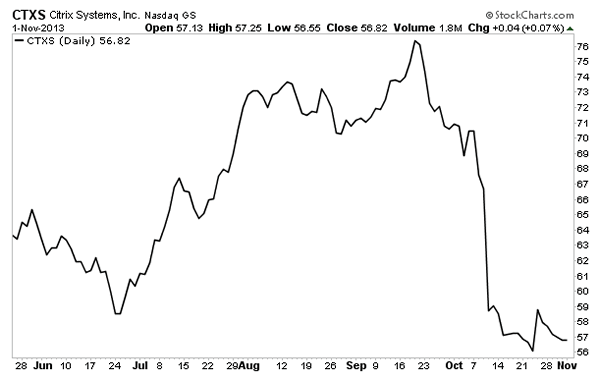In many ways, using a tablet or smartphone at work beats a rigid desktop computer.
?
The portability of mobile devices makes it easier to perform tasks from anywhere -- the lunchroom, a co-worker's desk, at home, even in the car. Plus, it's way more convenient to be able to access work and personal emails, files and apps on one device.
A recent study showed that almost 60% of employees bring some type of mobile device into the workplace. The act has become so commonplace that it now has its own acronym: BYOD (bring your own device).
By the end of this year, the number of mobile devices (mostly mobile phones) in the workplace is expected to reach 350 million globally. A whopping 57% of full-time employees are already using mobile devices for work-related tasks -- half of which is unmonitored, unmanaged BYOD activity.
We love our toys, but mixing business with recreation presents huge headaches for the IT workers responsible for keeping company data secure and knowing who has which apps (and why and where). Workers who innocently hook up devices to company networks, download applications, access email and connect to private Wi-Fi networks can cause major disruptions.
According to the Ponemon Institute, 6 out of 10 security breaches were traced back to mobile devices. Attackers try to pick on the easiest targets first, which is why Apple and Google have to be constantly on the lookout for malware infecting their app stores.
Businesses must have policies and security measures in place to protect their data. In 2009, the U.S. government enacted the Health Information Technology for Clinical Health Act (HITECH), which requires health care companies to notify patients if they have had their health records compromised. Similar acts were also put in place in the financial industry.
Companies of all shapes and sizes need to protect themselves with a mobile device management (MDM) policy when users are allowed to bring and use their own devices. It's no surprise that the MDM market is expected to reach $120 billion by 2017 with a compound annual growth rate of 15%.
Citrix (Nasdaq: CTXS) is positioned to capture a nice chunk of that market. As you can see in this chart, the stock has fallen 19% in the past month, and that’s opening up a great investment opportunity in this little-known market. Let me explain why...

Recognizing that the BYOD trend is also significantly affecting where people work and how offices will take shape in the future, Citrix has coined the term 'mobile workstyles' and that 'work should be something people do, not a place people go.'
A recent survey conducted by Citrix among 1,900 senior IT staff in 19 countries showed that their wants, needs and desires are certainly aligned with these frontline executives.
- Five of every six respondents (83%) said they had no problems with implementing a BYOD policy to manage mobility in the workplace.
- More than half (55%) said they now actively accommodate and encourage the use of personal mobile devices for work purposes.
- Respondents ranked the biggest benefits of BYOD as greater flexibility (65%) and productivity (62%), reduced commuting time (61%) and enhanced work/life balance (55%).
- More than three-quarters of respondents (76%) were happy to reimburse employees to some degree for their devices.
- Four out of five enterprises (80%) that have BYOD in place said they have derived cost benefits.
Around the globe, businesses are expected to continue to embrace BYOD: An estimated 25% of companies already do, and that figure could climb to 83% by 2016.
Citrix has adopted a broad range of strategies that allow organizations to customize their MDM solutions. According to market research firm Gartner, the level of integration and the potential for application diversification offered by Citrix is 'carving out a unique space for itself among other solution providers.'
The Santa Clara, Calif.-based company acquired Zenprise back in January and established XenMobile, integrating the brand with a number of other solutions, including data sharing, mobile and Web application management, network management, and desktop and application virtualization.
Although Zenprise saw significant growth in 2012, it struggled compared to its competitors. However, Gartner expects accelerated growth and user awareness next year, and it projects Citrix as a market leader, along with privately owned AirWatch and MobileIron.
In 2014, revenue from MDM licensing is expected to grow to $1.6 billion from $784 million two years ago, according to Gartner. Citrix posted revenue last year of $2.6 billion. During its most recent quarter, total operating expenses grew in line with total net revenues as both were up 11% relative to the year-ago quarter.
After falling 19% over the past month, Citrix is considered by many analysts to be a bargain at its current price of around $56 a share. I agree, and I share their expectations of a bull market in Citrix's future.
Risks to Consider: The stock may see additional volatility as the global economy smooths out. There is the chance that companies won't adopt BYOD practices as quickly as expected.
Action to Take: With a strong MDM pipeline and a continued focus on solutions for a growing BYOD trend, Citrix is well positioned heading into 2014. While filling a niche in the industry, it is a good choice for a well-diversified portfolio at less than $56 a share.



